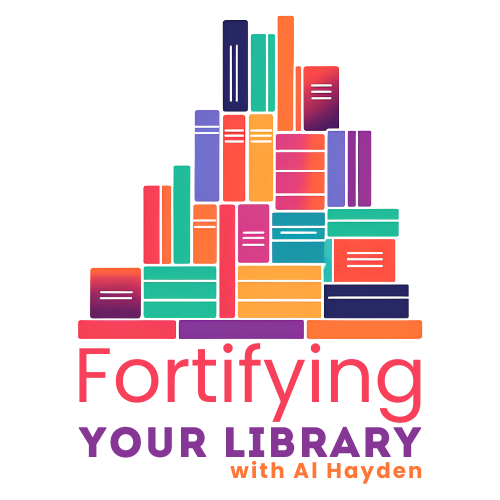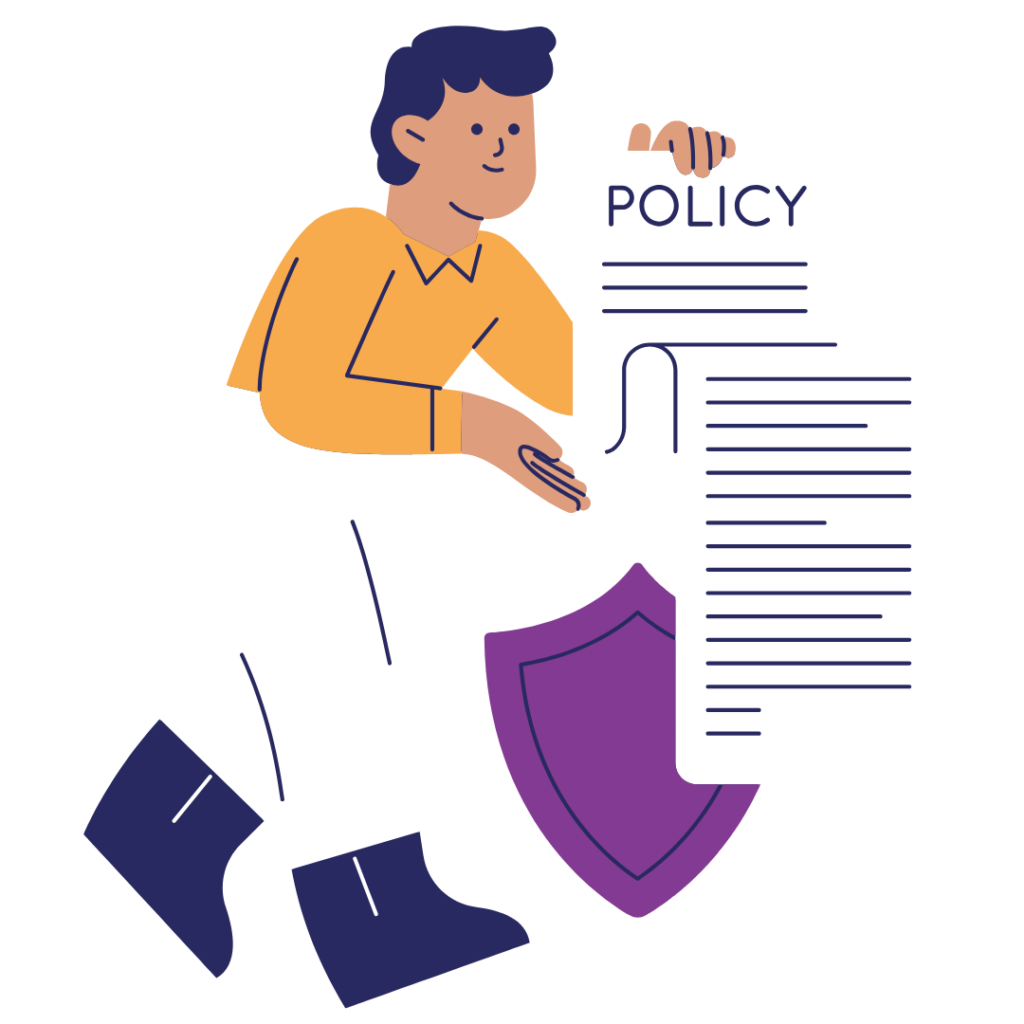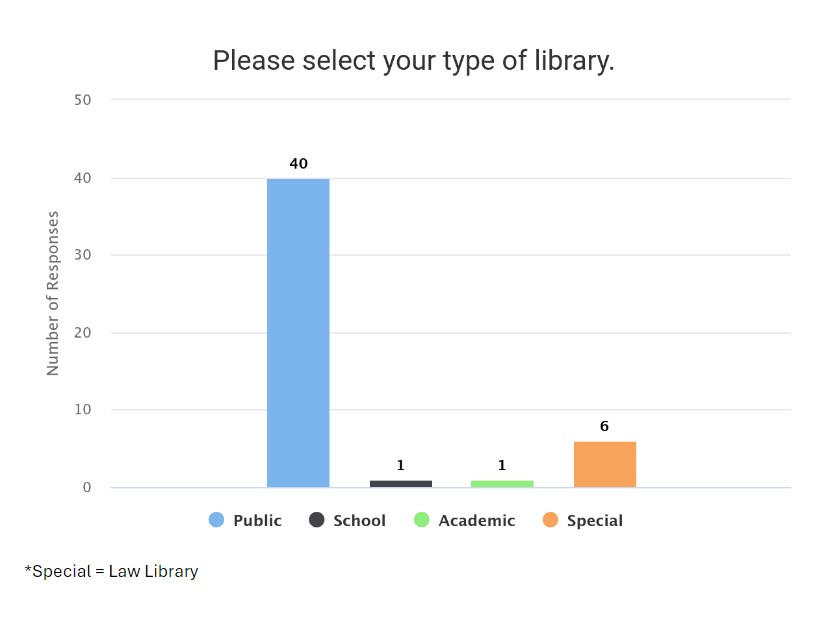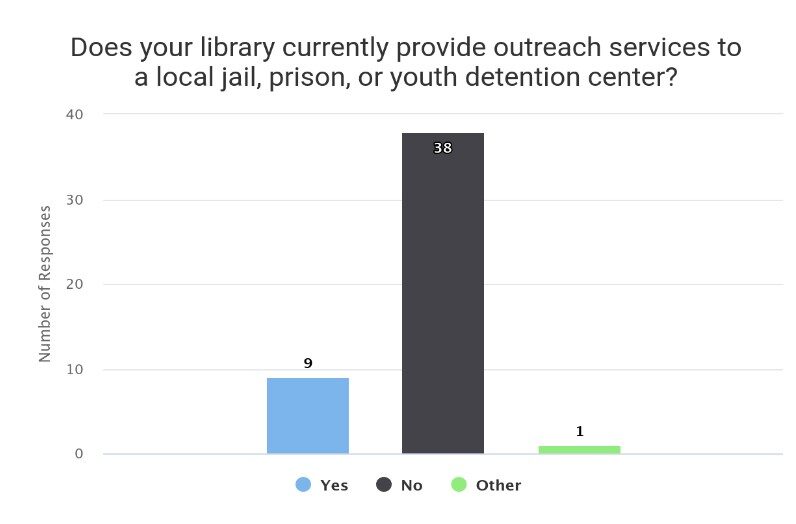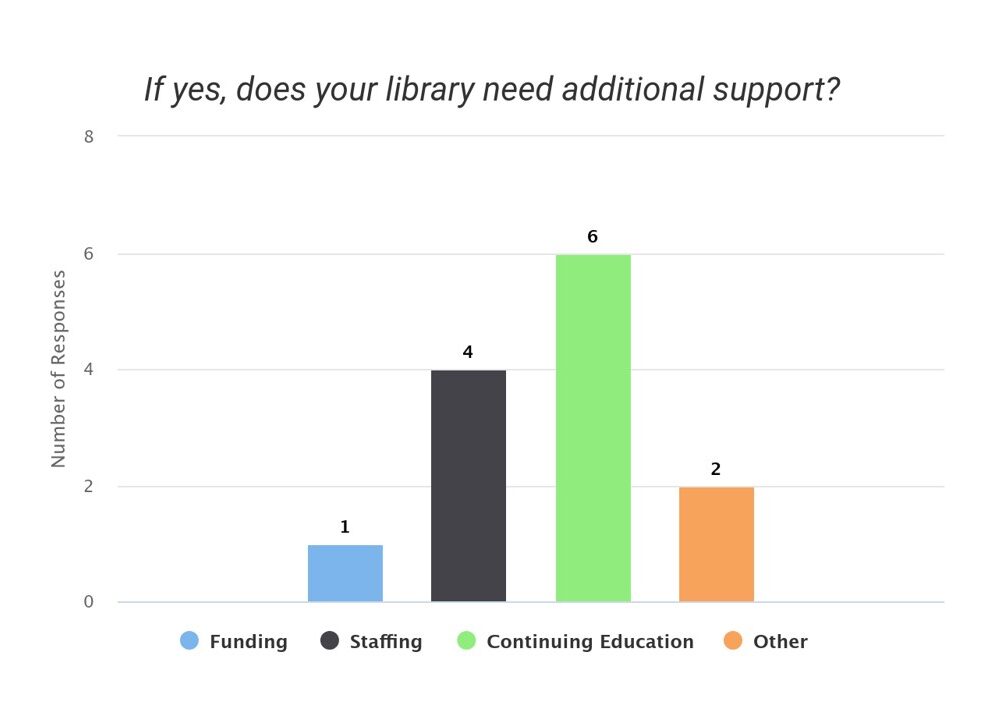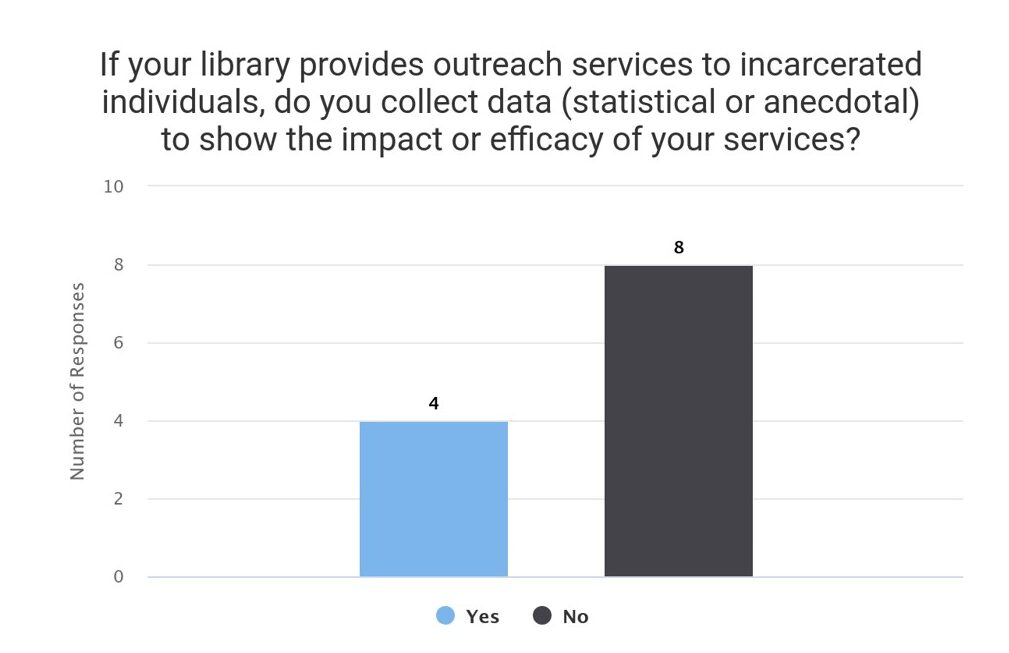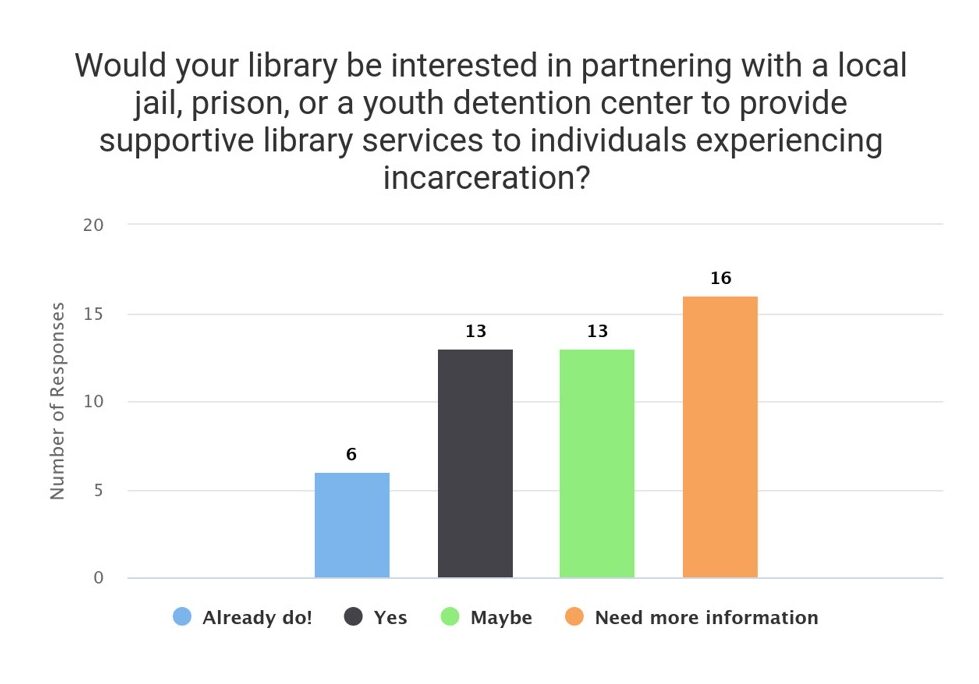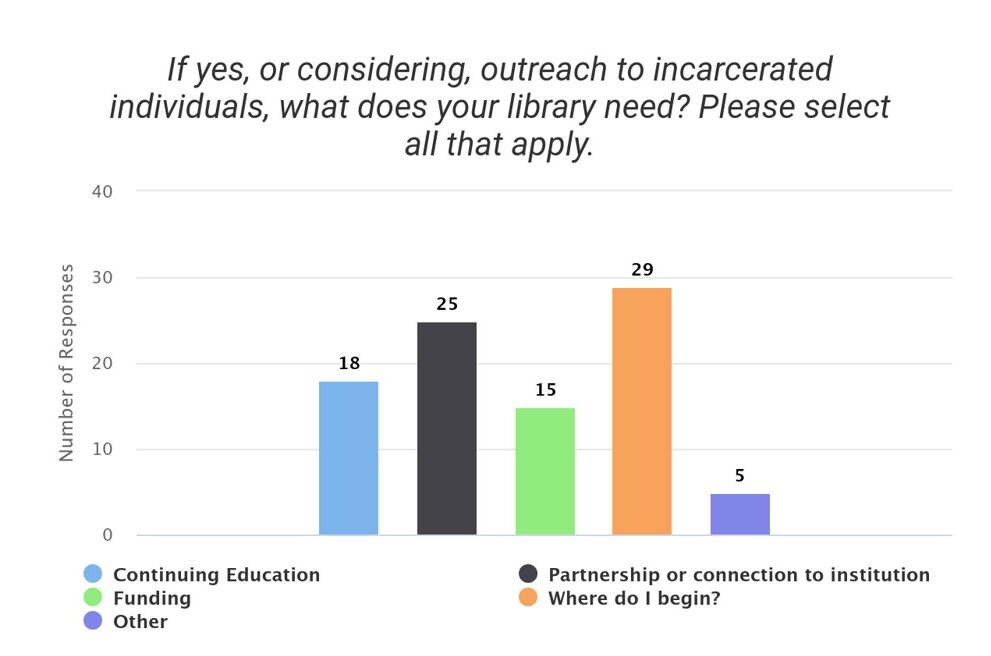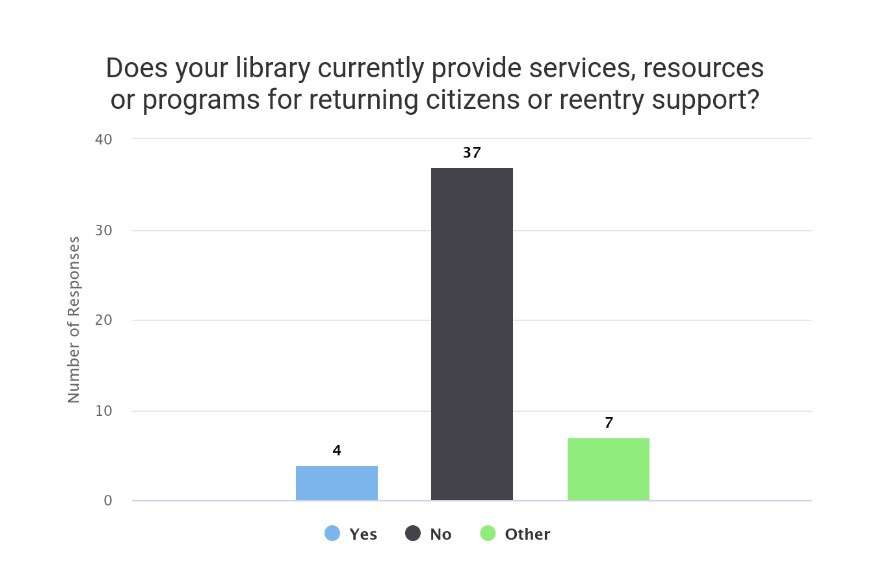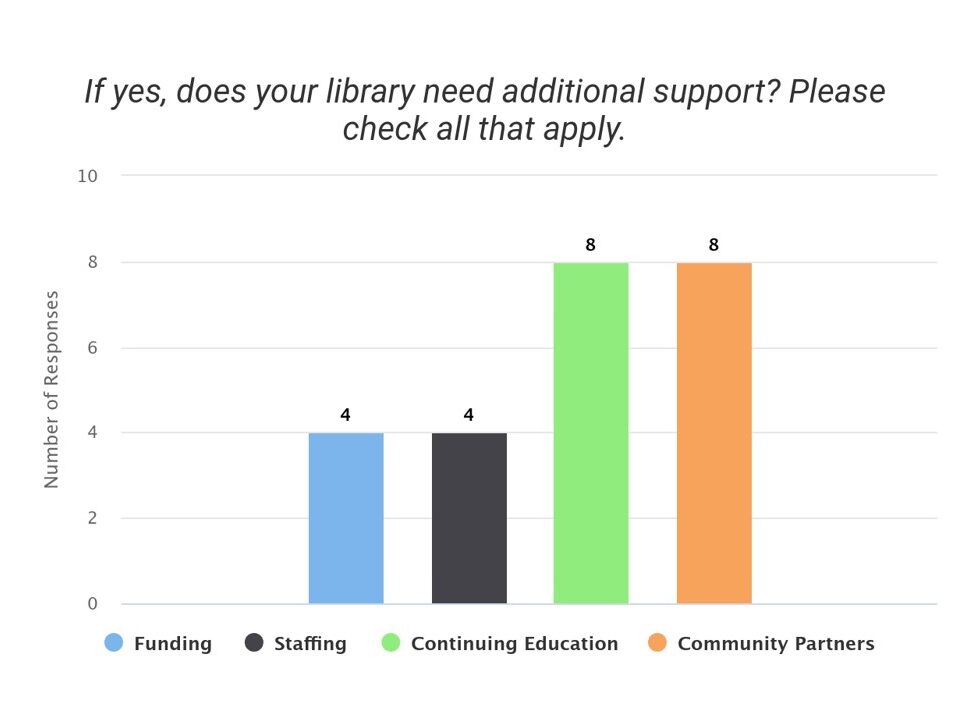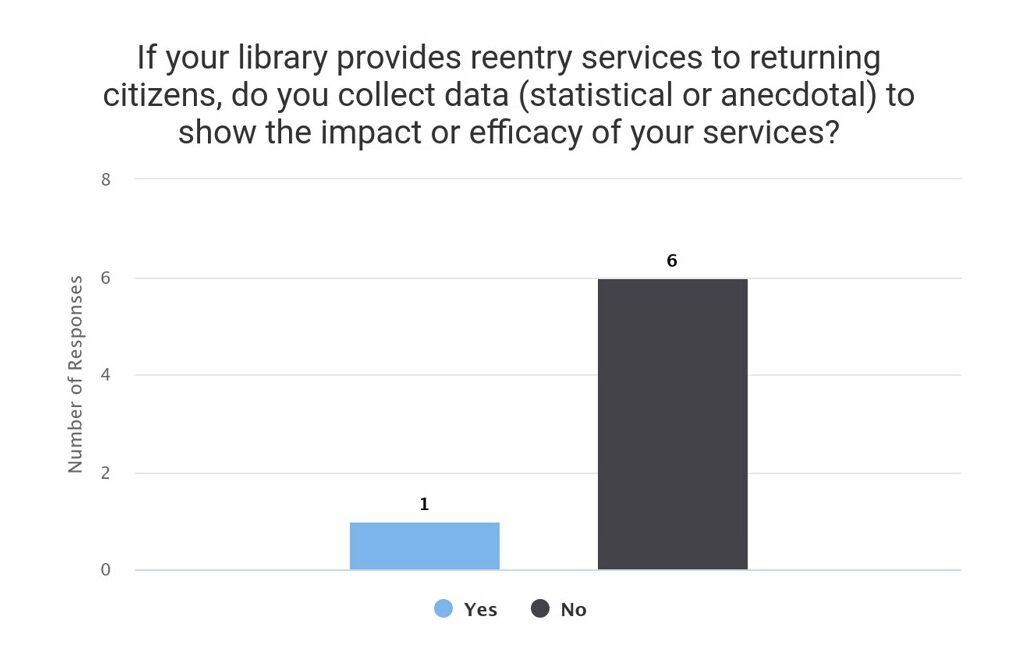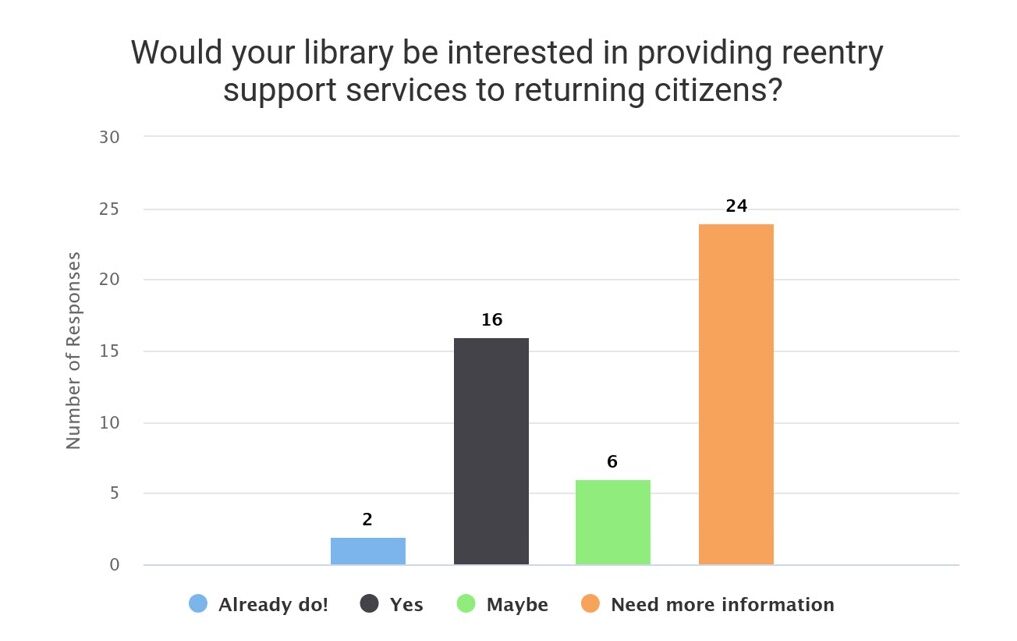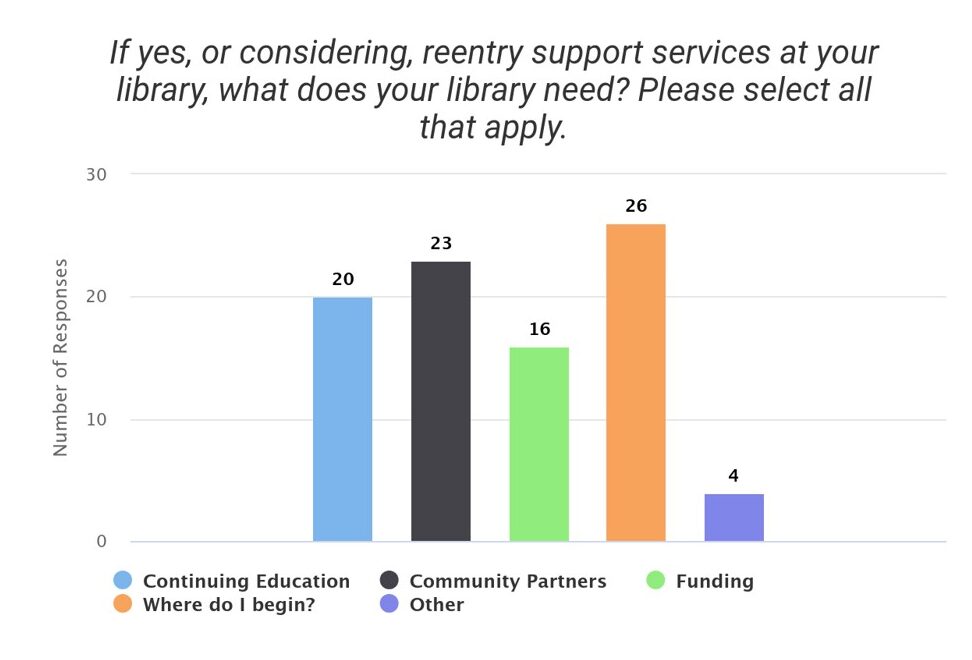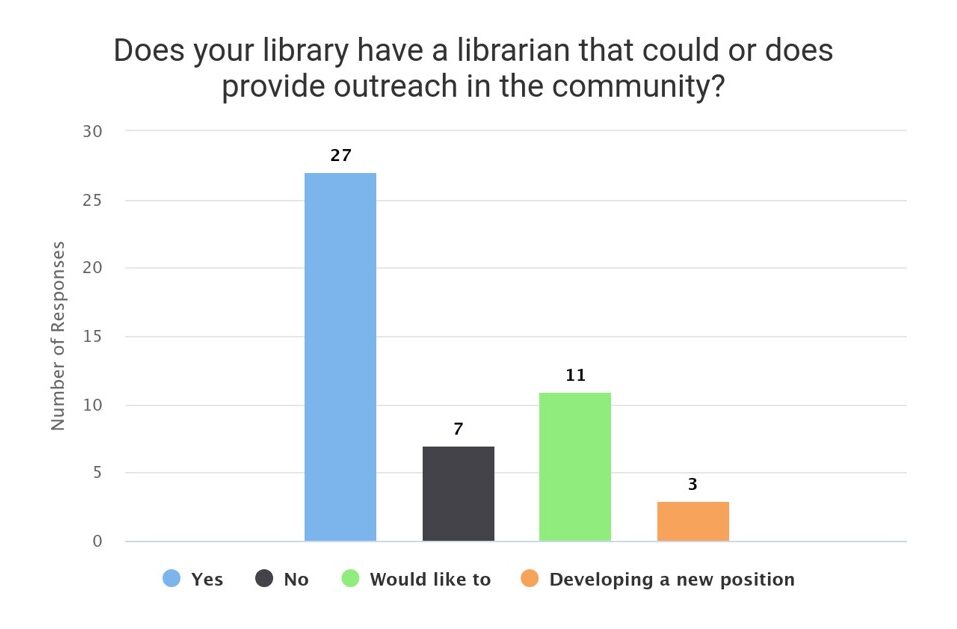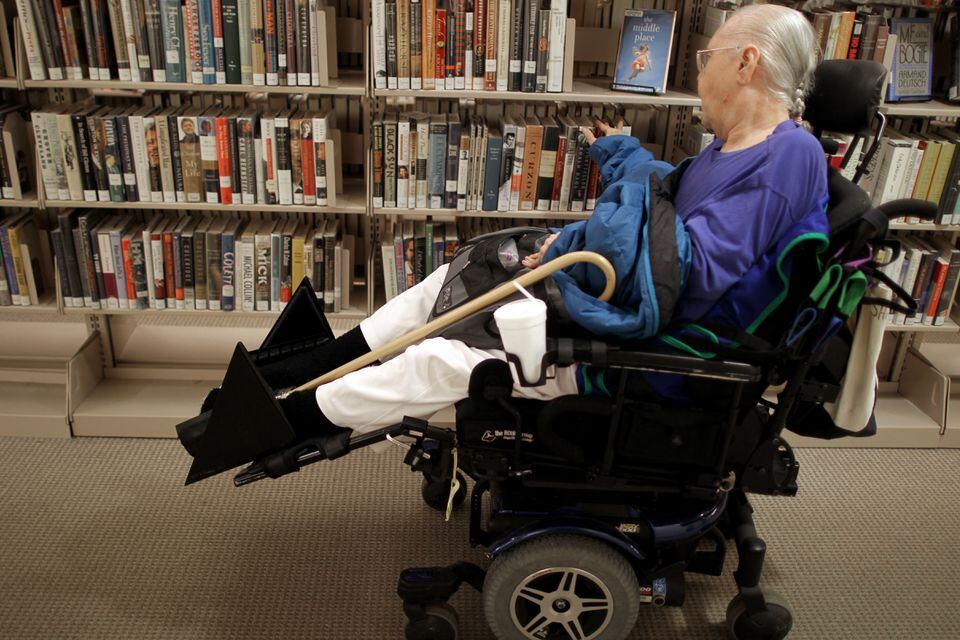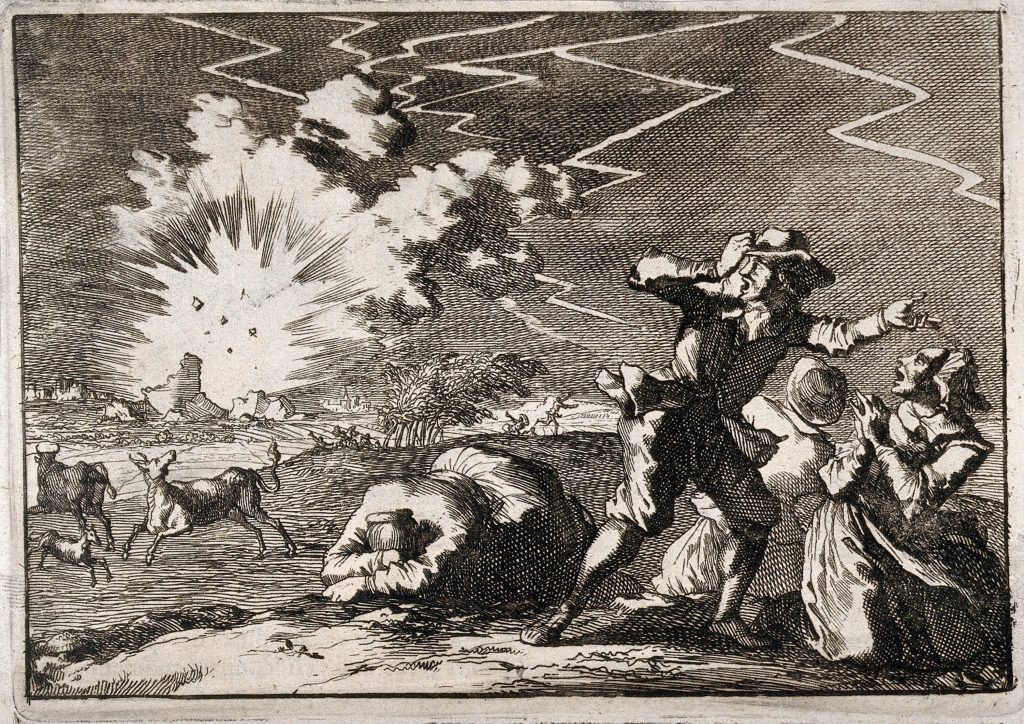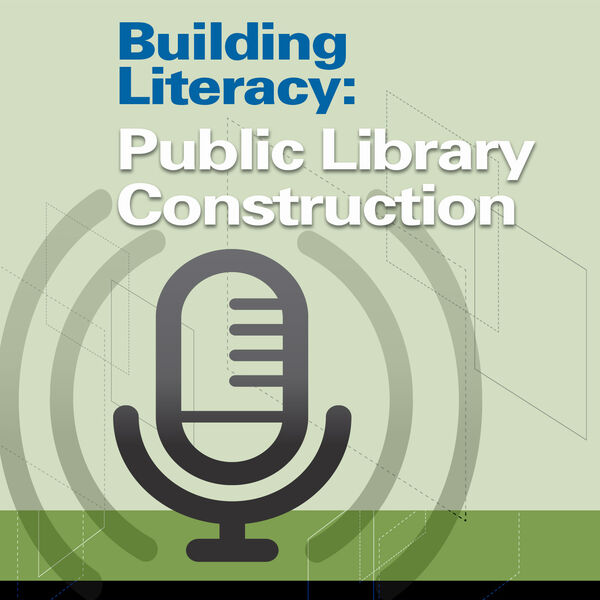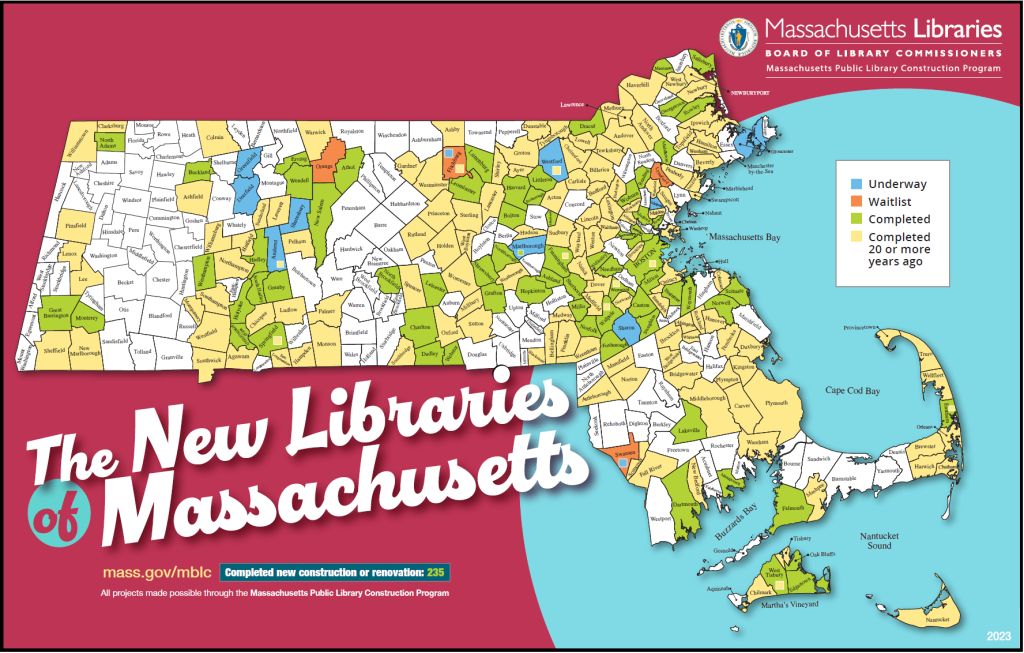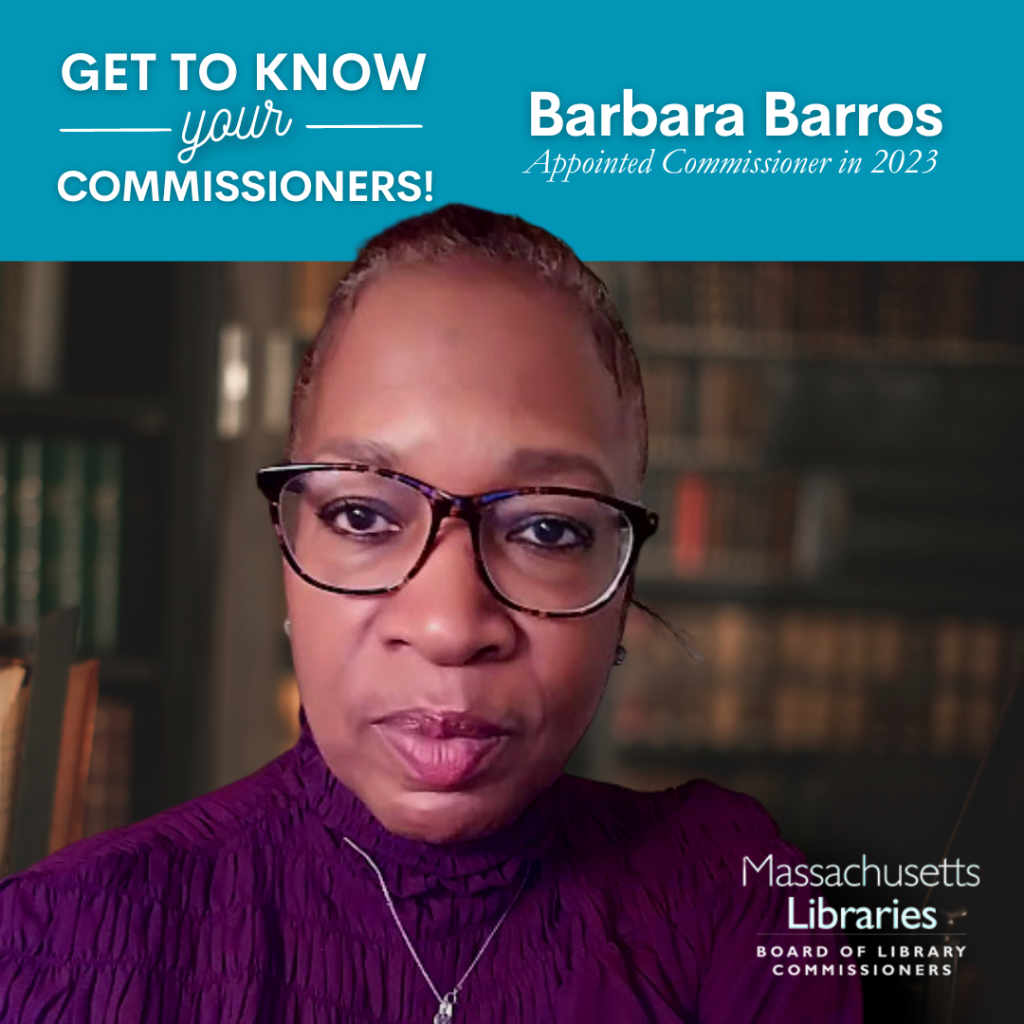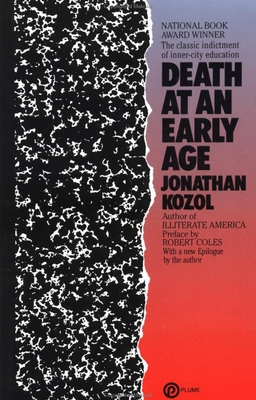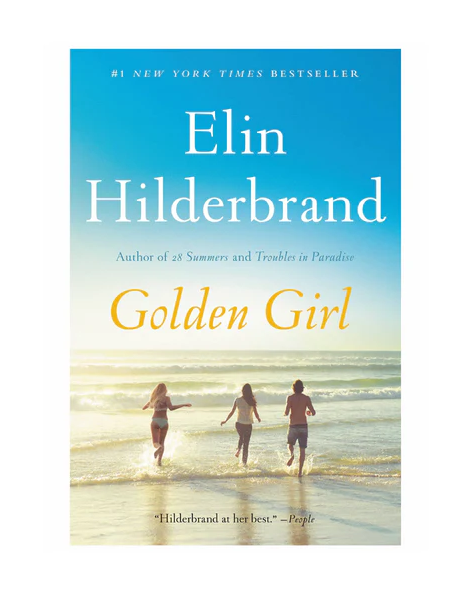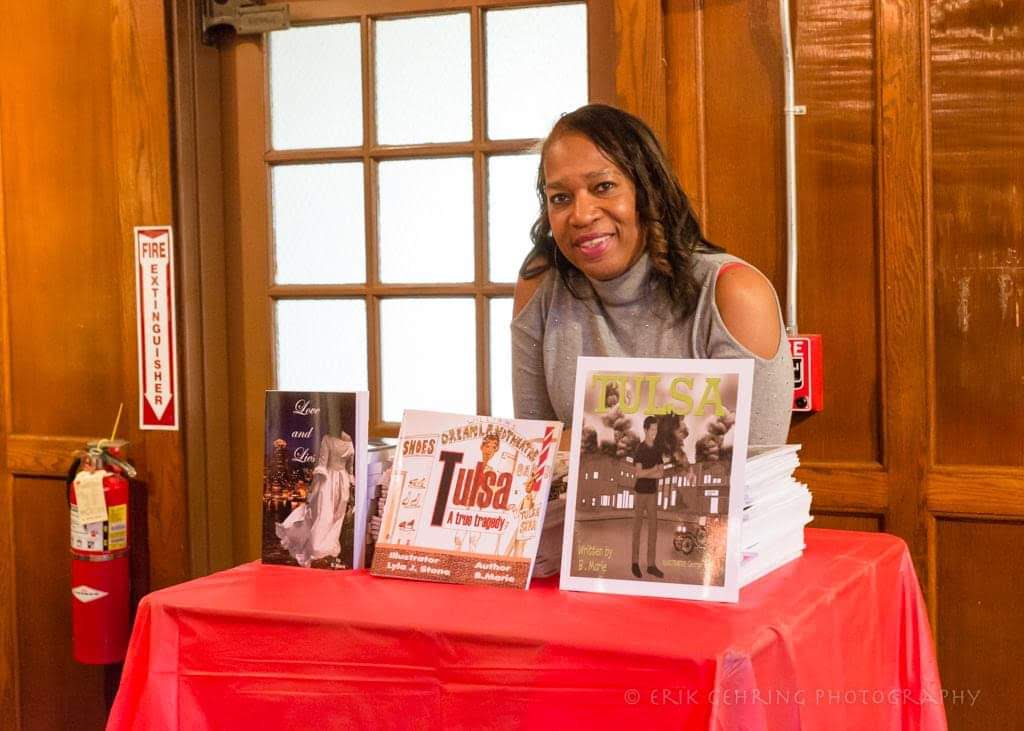Welcome back to our blog series helping libraries strengthen and protect themselves. The last post talked about policy in general. This and the next several posts will be offering recommendations for specific policies that, if you haven’t updated them within the last 2 years, you should be prioritizing their review.
What makes a strong collection development policy?
The first policy that any library should make sure is strong, recent, and clear is their collection development policy. This policy explains to any interested member of the public the reasoning behind why your library chooses the items that go into your collection. It provides the guideposts by which library staff makes their decisions about what goes into a library collection. It is critical in helping the public understand that books don’t appear on the shelves by magic; they are not chosen blindly or at random and the amount of work and professional input that goes into managing a library’s collection is substantial. A strong collection development policy focuses on key distinctions that make libraries and librarians uniquely qualified to make materials choices:
- Professional training – make sure your policy clarifies that those making your collection development decisions are trained professionals. A Librarian with an MLIS will have had collection development training as part of their professional degree. If you have paraprofessionals making collection decisions, make sure they have received training so they understand the basic principles of collection development and understand prioritizing the needs of the community over personal preferences.
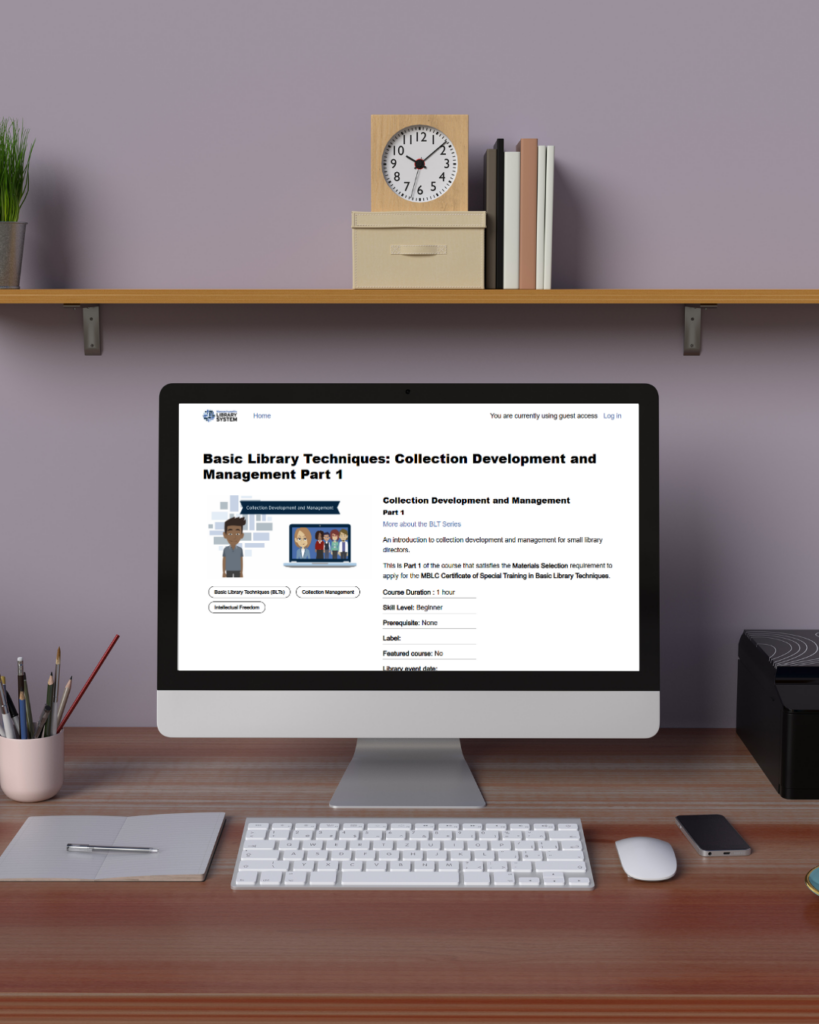
The Massachusetts Library System has just deployed a Collection Management course as part of their Basic Library Techniques learning modules. It provides solid understanding of what goes into collection development and management. Should this not fit your needs, there are several additional online options to make sure your staff are up to date on their skills. Feel free to reach out for some additional suggestions.
- Professional review sources – Booklist, Library Journal, School Library Journal, are all professionally vetted review sources that librarians have relied upon and trusted for years. Collection decisions based on reviews by these professional journals (and select others, including but not limited to Horn Book, Publisher’s Weekly, etc.) are the primary means by which to make informed decision. Specify that you do NOT make collection decisions based on resources that are not widely professionally accepted.
For example: Common Sense Media is not a collection development tool, though it and other similar resources may be helpful readers' advisory tools to help patrons find material that are relevant to them. This recognizes that, while librarians do not have the time to personally read every book that goes in the collection, they are making those choices in good faith based on industry and professional standards.
- Weeding as part of professional collection duties – Weeding is a natural part of the collection cycle, but unexpected, large weeding projects can erode public trust. Community members are not library professionals and often don’t understand that weeding is not only a normal part of library operations, but an essential one to keep collections relevant, updated and circulating. Be clear about your criteria for weeding and emphasize that it is part of your staff’s expertise as collection managers and well within the scope of professional duties to determine whether or not a book warrants a place in the library’s collection. Having a part of your collection development policy dedicated to CREW/MUSTIE guidelines reminds your staff and your patrons that weeding is not an arbitrary process. Give an approximate timeline of how often or under what circumstances your staff will evaluate what’s in their collections.
- Professional determinations of sections – It is generally worthwhile to include the sections you have in your library (adult, children, teen, media, library of things, audiobooks, large print, etc.). It will also be worthwhile to note in writing that the sections are not limited to any particular age group and are arranged to help make library materials as easy to find as possible. The responsibility of material relevance lies with the individual, or with a caregiver for their own child(ren). The section in which an item resides is not designed to determine the audience for that item. If your library makes use of stickers to highlight genres or for other wayfinding purposes, you may want to mention this as well, noting that the sticker is a tool to help match relevant material with its reader and is not a restrictive guideline.
- Professional determinations of relevance – The professional review sources like those mentioned above give approximate age ranges that the materials are intended for. It is up to the professional librarians to determine relevance from there; relevance for the collection, relevance for the community and relevance for individuals who may be interested in the topic. Your collection development policy is a great opportunity to remind people of your training which makes these types of relevance determinations as a matter of course. You would likely not give Erik Larson’s Dead Wake to a 3rd grader doing a poster presentation on the Lusitania. You may, however, give an adult a fiction book whose audience is primarily teens because the book has all of the tropes, action, and/or themes that reader enjoys. You may also give a teen a picture book for a project because it has images that are captivating, rare, or may describe concepts in a way that can help describe a topic to other people, regardless of the teen’s mastery of the topic. The possibilities are endless, so I don’t recommend trying to get specific in your policy. It may be worth your while, however, to describe how books end up in certain sections to help patrons find materials and note that those sections may be browsed by anyone who finds the topic relevant.
- Inclusivity as a professional standard – Most collection development policies state that they strive to be representative of all people in their community. The broadness of this statement can feel all-encompassing or inclusive, but in reality, is vague enough to be difficult to define. Consider defining the communities, identities and groups you want to ensure are represented in your library. * This list does not have to be exhaustive; “including but not limited to” can be a powerful phrase. Specifically naming communities you know are marginalized or underrepresented demonstrates your commitment to ensuring representation in your collections and makes purposefully excluding those named communities against library policy. Highlighting and strengthening your commitment to vulnerable communities has an additional benefit of being solid ground for display themes. When you outline these specifics, know that you will be backed up by State Law Chapter 78, Section 33 which states that public library staff develop collections that reflect the breadth of human experience, which is both diverse and interconnected. There are several Massachusetts organizations which agree upon this principle.
- Professional standards added as appendices – There’s no virtue in brevity when it comes to a collection development policy. If your policy is informed by professional standards that are documented, you may want to have appendices that not only lists that you abide by these standards, but includes the text for review. These can include (but certainly are not limited to), the ALA’s Library Bill of Rights, ALA’s Freedom to Read Statement, the MA library organizations joint statement on intellectual freedom, Evaluating Library Collections: An Interpretation of the Library Bill of Rights, ALA’s Guidelines for the Development and Implementation of Policies, Regulations, and Procedures Affecting Access to Library Materials, Services, and Facilities, or similar policy development guidelines. Don’t just list them; include them in their entirety in the appendices of your collection development policy. Let them stand as a reminder to the staff who are obligated to follow your policy and the public who may question the process. of the standards your library has agreed to uphold.
Community Input
Your library’s collection should reflect perspectives that you find in your community, perspectives that may broaden your community’s horizons, and be able to anticipate their needs. Consider having a method for community members to communicate to you items they would like to see in your collection outlined in your policy. It is an opportunity to find out what your community may be interested in. You are under no obligation to put every item that someone from the community suggests into the collection. Suggestions must still follow your collection development policy. Outlining those expectations directly in your policy allows your community members to voice their opinions while simultaneously setting boundaries that trained library professionals are the ones who make the final decisions on what the library puts on its shelves.
Some additional questions to consider when thinking about community input include:
- What qualifies as a community member – A resident? A library card holder? Will you have a community member identify themselves as such?
- How will you address local authors in your policy?
- How will you address unsolicited donations, particularly those where patrons may expect to see those donations on-shelf?
- What timeline will you give for a response (if any) to any community collection request?
* A last note about collection development policies is that they should always have some type of request for reconsideration as part of its policy. This is a hugely important step in protecting intellectual freedom for all, and as such, deserves its own blog post. I’ll break down some considerations to keep the process of a challenge as straightforward as possible in the next installment.

